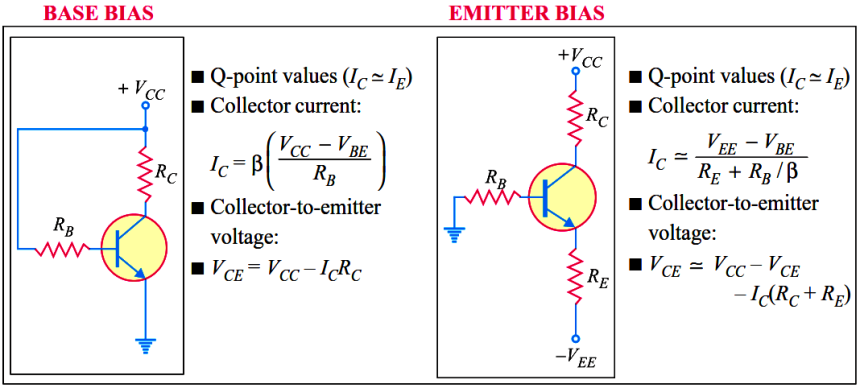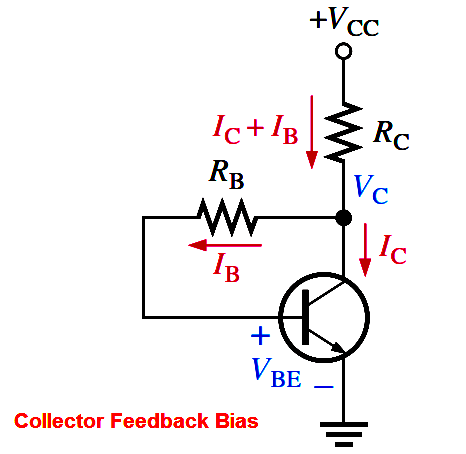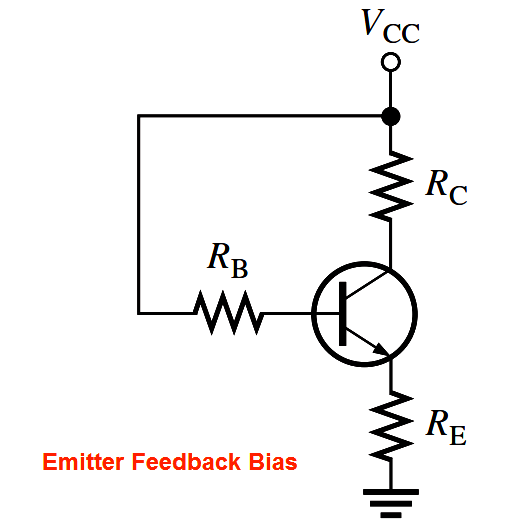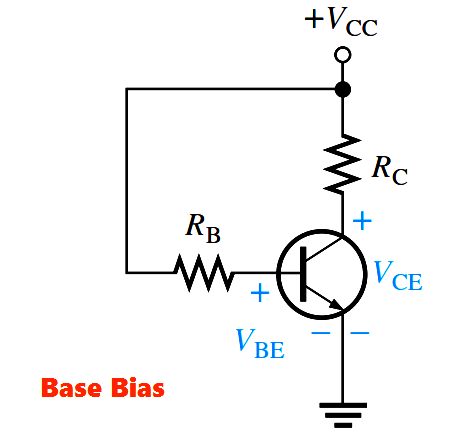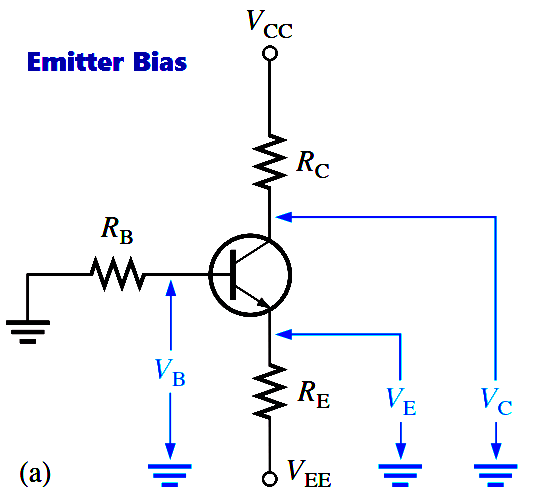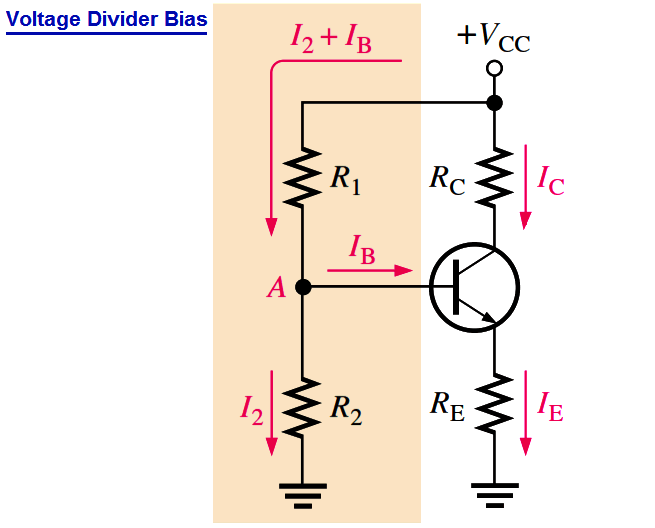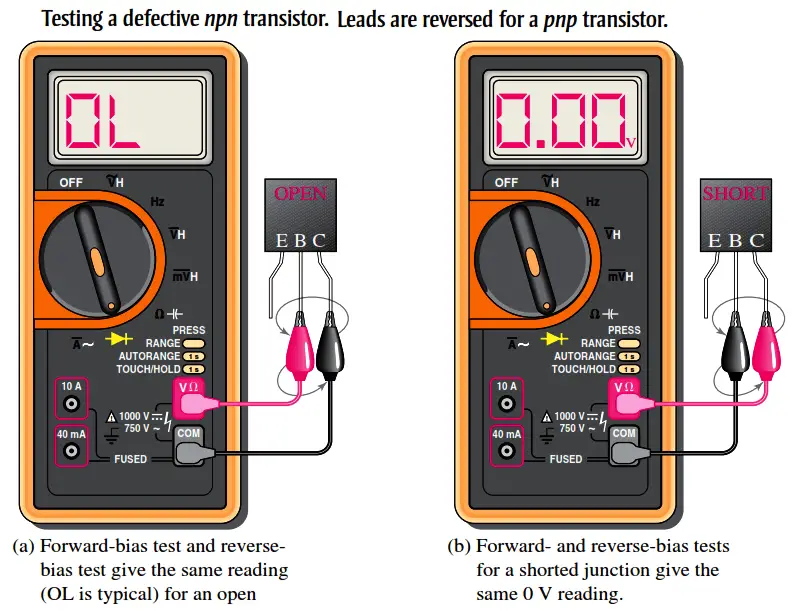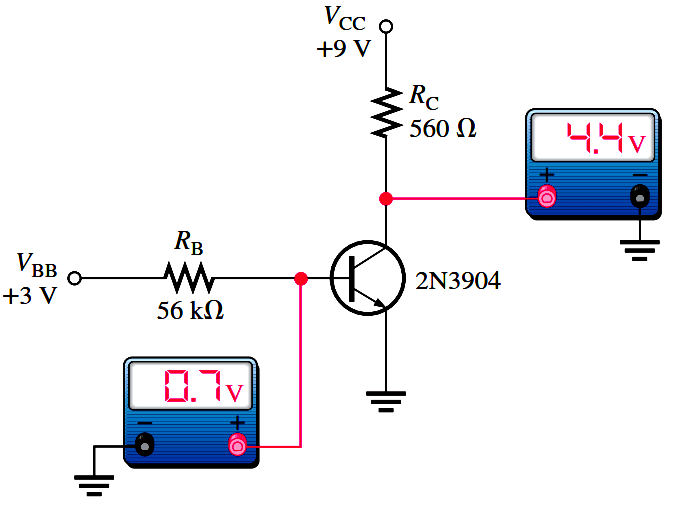Summary Of Transistor Bias Circuits
In figures below, npn transistors are shown. Supply voltage polarities are reversed for pnp transistors.
Methods of Transistor Biasing
In the interest of simplicity and economy, it is desirable that transistor circuit should have a single source of supply—the one in the output circuit (i.e. VCC). The following are the…
Transistor Stabilisation
The collector current in a transistor changes rapidly when (i) the temperature changes, (ii) the transistor is replaced by another of the same type. This is due to the inherent…
Transistor Collector Feedback Bias
In Figure, the base resistor RB is connected to the collector rather than to VCC, as it was in the base bias arrangement discussed earlier. The collector voltage provides the bias for…
Transistor Emitter Feedback Bias
If an emitter resistor is added to the base-bias circuit, the result is emitter-feedback bias, as shown in Figure. The idea is to help make base bias more predictable with…
Transistor Base Bias
This method of biasing is common in switching circuits. Figure shows a base-biased transistor. The analysis of this circuit for the linear region shows that it is directly dependent on βDC.…
Transistor Emitter Bias
Emitter bias provides excellent bias stability in spite of changes in β or temperature. It uses both a positive and a negative supply voltage. To obtain a reasonable estimate of the…
Transistor Voltage Divider Bias
A method of biasing a transistor for linear operation using a single-source resistive voltage divider. This is the most widely used biasing method. Up to this point a separate dc…
Testing a Transistor with a Digital Multimeter
Several faults that can occur in the circuit and the accompanying symptoms are illustrated in Below Figure. Symptoms are shown in terms of measured voltages that are incorrect. If a…
Troubleshooting a Biased Transistor
Several faults can occur in a simple transistor bias circuit. Possible faults are open bias resistors, open or resistive connections, shorted connections, and opens or shorts internal to the transistor itself.…
